For most women, a urinary tract infection (UTI) is an uncomfortable inconvenience – no one wants to feel like they need to pee all day every day – but for some women, they can be more serious. Research in the US found that UTIs are one of the most common types of outpatient infections - more than half of all adult women will experience one at least once in their lives. This is why it’s important to know what they are, what symptoms to look out for, and most importantly, how to get rid of them.
What is a urinary tract infection?
According to the NHS definition, urinary tract infections (UTIs) are any infections that affect your urinary tract, including your bladder (cystitis), urethra (urethritis), or kidneys (kidney infection). They’re very common – so common in fact that the Urology Care Foundation suggests that UTIs cause more than 8.1 million visits to health care providers each year in the US. They affect both men and women, but because women have a shorter urethra the bacteria has less distance to travel so they’re much more common for women. For something that can be so damn painful, the infections are caused by microbes that are too small to be seen without a microscope.
What are the symptoms of a UTI?
If you have a UTI, you’ll usually know about it pretty quickly. The common symptoms are unpleasant and annoying: a burning feeling when you pee, the frequent or intense urge to pee even though little comes out when you do, and cloudy, dark, or strange-smelling pee. You could also feel shaky or have a fever which is usually a sign that the infection might have reached your kidneys.
Symptoms will vary depending on what part of the urinary tract is infected, so a lower tract UTI will be most noticeable in the urine and upper tract UTIs affect the kidneys.
Are there different types of UTIs?
There are three common types of UTI that affect the bladder (cystitis), urethra (urethritis), or kidneys (kidney infection). Lower tract UTIs affect the urethra and bladder and upper tract UTIs affect the kidneys.
For women, cystitis or bladder infections are the most common form of UTI and will usually present as a stinging sensation when peeing, and the feeling of never being quite finished.
Urethritis is a urine infection that might cause a discharge and burning when you pee.
A kidney infection can be more serious and cause fever, chills, nausea, vomiting, and pain in your upper back or side.
What causes UTIs in women?
According to Urology Care Foundation, a UTI is caused when bacteria gets into your urine and travels up to your bladder, and it can even get as far as the kidneys. Just as some people are more prone to colds, some people are more prone to UTIs.
Age – unfortunately, the prevalence of UTIs increases with age, and in women aged over 65, the rate is double the overall population.
Kidney stones
A previous history of UTIs
Diabetes
Pregnancy can increase the risk of UTIs and up to 7% of pregnant women might even have a UTI that they’re unaware of.
If you’re generally run down and your immune system is weakened, you’re more likely to get a UTI.
How can I test for a UTI?
As with anything related to your health, you should speak to a GP. Make an appointment and they’ll be able to take a urine sample and test for a UTI.
What treatment can I expect for a UTI?
Because most UTIs are relatively harmless (but no less painful), most doctors will prescribe self-care and painkillers. Rest lots and drink plenty of fluids so that your pee is light and pale and take up to four doses of Paracetamol a day. However, if you have a persistent UTI or are pregnant, you might be given antibiotics. You can also buy over-the-counter medicine to treat symptoms from pharmacies.
What can I do to help prevent UTIs?
Anyone who’s had a UTI before is probably wondering, how can I prevent this from coming back? While nothing will guarantee your UTI won’t return, there are some things you can do to reduce the risk. We hate to be that person but drinking water really is key. Drink 6-8 glasses of water a day and always empty your bladder fully when you’re peeing. You should also make sure you pee after sex – that undignified shuffle to the bathroom will be worth it in the long run. And finally, just keep the area clean, wear natural cotton underwear, and don’t use perfumed products.
The medical information in this article is provided as an information resource only and is not to be used or relied on for any diagnostic or treatment purposes. Please consult your doctor for guidance about a specific medical condition.


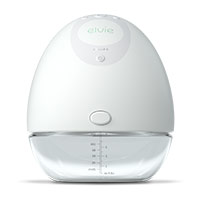

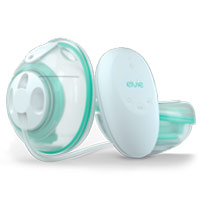
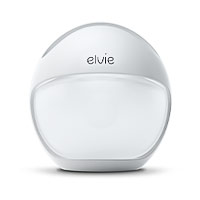

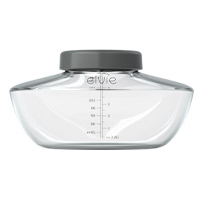
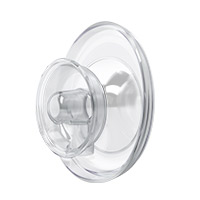

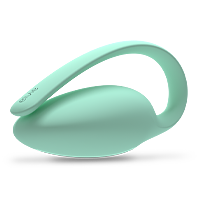
 5 minute read
5 minute read